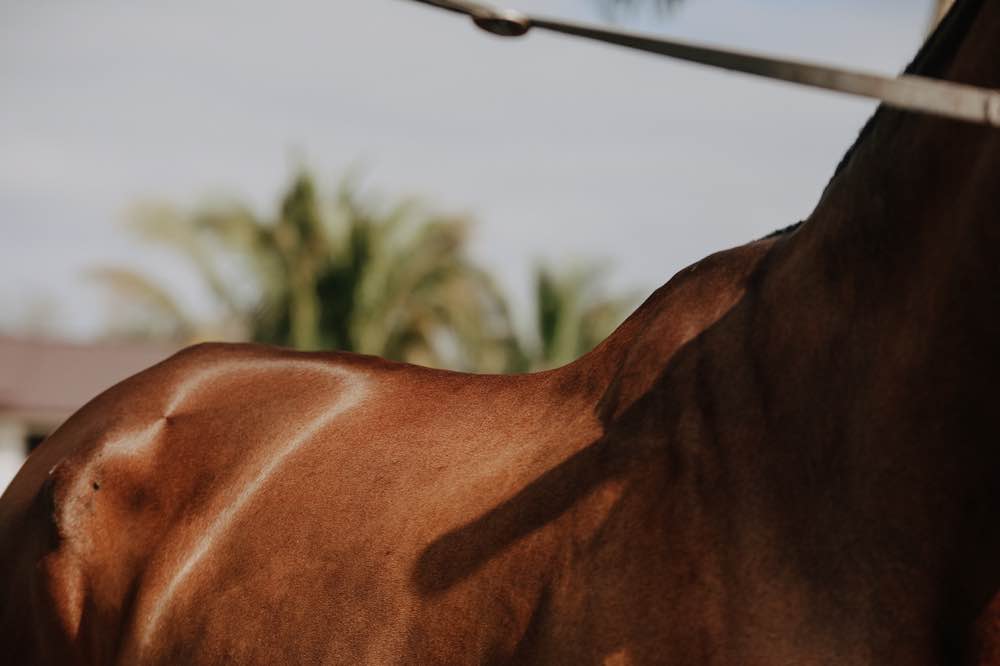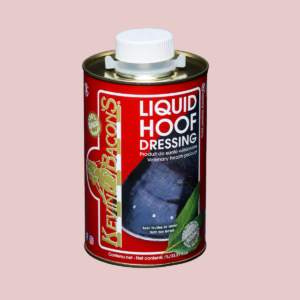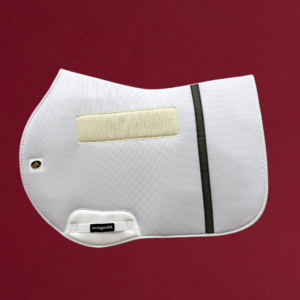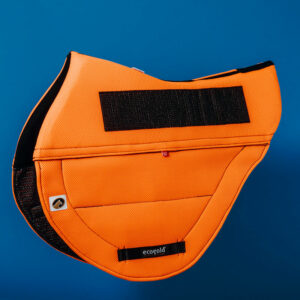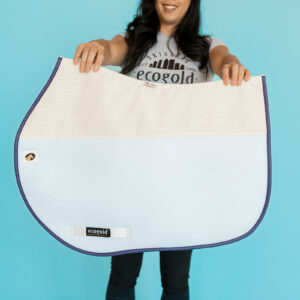Don’t miss these telltale signs that your horse has a sore back.
Back pain can be tricky to interpret. Your horse may shy away from a brush or stiffen along his spine when you run your fingers down it, but that doesn’t necessarily mean he’s sore along his back.
“A lot of times, you’ll see a decrease in performance,” said Dr. Lauren Davang, an equine veterinarian with Collier Equine Vet Services in Waller, Texas. “But you have to be careful. Some horses may have a skin sensitivity, or just not like to be groomed. A lot of times riders can be falsely creating that pain.”
Dr. Davang addressed back soundness, and how horse owners can help keep their equine partners sound and healthy during a special virtual event with Ecogold. Here are her tips on how to identify soreness in the first place.
Decreased performance.
One of the first signs of pain is a sudden decrease in the horse’s performance, Dr. Davang said.
“The horse doesn’t want to move forward or drive with the hind end,” she described. “They might see muscle spasms or sense stiffness in the back.”
Another common sign is the horse may be more stiff going one way under saddle than the other, she explained. They could stumble, or maybe have trouble maintaining their lead at the canter and instead, swap often.
“Or their movement could suddenly not be the same on one side as the other,” Dr. Davang said.
Acute change in behavior.
Plenty of horses are naturally “cinchy” or “girthy” all the time, but that doesn’t mean they’re sore in their back. If a horse who wasn’t grumpy on the crossties before while tacking up is suddenly acting out, that may be a sign of discomfort, Dr. Davang said.
“Some are sensitive no matter what,” she explained. “But if they are suddenly sensitive, that’s a sign.”
Palpating.
It’s a fairly common practice to use our hands and fingertips to “palpate” for soreness along our horses’ bodies. Generally speaking, this involves running the fingers down the horse’s spine to gauge for painful reactions to the applied pressure. While palpating can be helpful in some regards, Dr. Davang cautioned against relying solely on this method when attempting to pinpoint pain.
“Be careful with your fingers,” she said. “It’s best to use the flat pads of your fingers versus your nails. A lot of times you can be falsely creating that pain.”
Once you’ve identified that your horse is indeed sore, you can begin the process of figuring out what is contributing to his soreness, be it an injury, ill fitting equipment or other issues. Ecogold’s line of innovative saddle pads are meant to keep the horse’s back healthy with impact protection and customizable shimming.

